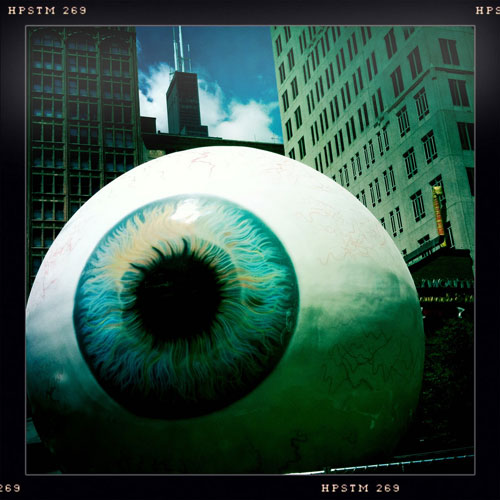
November 8, 2018; New York Times
In 2010, Michelle Alexander, now a New York Times columnist, wrote The New Jim Crow, a book that detailed how the backlash against the civil rights movement led to a revised form of Jim Crow, preserving racial inequality not through segregation—as the old Jim Crow did—but through a racially selective war on drugs and the rise of mass incarceration.
The data on that history are clear. US incarceration rates, once within international norms, jumped off the charts in the 1980s. And, while dipping some of late, the numbers remain high. For instance, as of 2012, the US imprisonment rate was 700 people per 100,000—it is still the highest in the world today at 655 per 100,000—while most nations with similar per- are below 200 per 100,000, and many are below 100 people per 100,000. For Black men, the US imprisonment rate as of 2000 had reached an astonishing 3,457 men per 100,000; as of 2015, that number had come down to 2,613 men per 100,000, still more than five times the imprisonment rate of white men.
This racial disparity was by design. As former Richard Nixon domestic policy advisor John Ehrlichman, who helped launch the “war on drugs” and the related mass imprisonment push, told Dan Baum of Harper’s a couple of years ago:
We knew we couldn’t make it illegal to be either against the war or Black, but by getting the public to associate the hippies with marijuana and Blacks with heroin, and then criminalizing both heavily, we could disrupt those communities. We could arrest their leaders, raid their homes, break up their meetings, and vilify them night after night on the evening news. Did we know we were lying about the drugs? Of course we did.
Now the war on drugs and mass incarceration—while still powerful forces—are winding down, but a new threat is looming with “the seeds of the next generation of racial and social control” contained within the reforms.
Sign up for our free newsletters
Subscribe to NPQ's newsletters to have our top stories delivered directly to your inbox.
By signing up, you agree to our privacy policy and terms of use, and to receive messages from NPQ and our partners.
What is this new system? “Bail reform,” Alexander explains, “is a case in point.” Earlier this year, as NPQ covered, California voted to abolish cash bail. But most racial and criminal justice groups opposed the final bill, because the new regime will create a presumption of detention when it goes into effect in October 2019.
The incoming California system, like similar efforts in New York and New Jersey, relies on risk assessment algorithms to advise judges whether a person should be released. “These advanced mathematical models,” notes Alexander, “are based on factors that are not only highly correlated with race and class, but are also significantly influenced by pervasive bias in the criminal justice system.”
What might this new form of surveillance and control look like? Alexander explains:
- While you may be set “free” from jail, an expensive monitoring device likely will be shackled to your ankle—a GPS tracking device provided by a private company that may charge you around $300 per month. Even now, four corporations earn a combined $200 million in revenue for their e-monitoring services.
- While “free,” your movement may be limited, making it “difficult or impossible to get or keep a job, attend school, care for your kids or visit family members.”
- Entire communities could “become trapped in digital prisons that keep them locked out of neighborhoods where jobs and opportunity can be found.”
If the current reforms go awry, it wouldn’t be the first time. Mandatory sentencing laws were originally promoted by progressives as a tool to reduce racial disparities. “While those laws may have looked good on paper,” Alexander writes, “they were passed within a political climate that was overwhelmingly hostile and punitive toward poor people and people of color, resulting in a prison-building boom, an increase in racial and class disparities in sentencing, and a quintupling of the incarcerated population.”
How do we get out of this box? The path involves focusing more broadly on building communities through “quality schools, job creation, drug treatment and mental health care,” rather than high-tech management and control.—Steve Dubb











